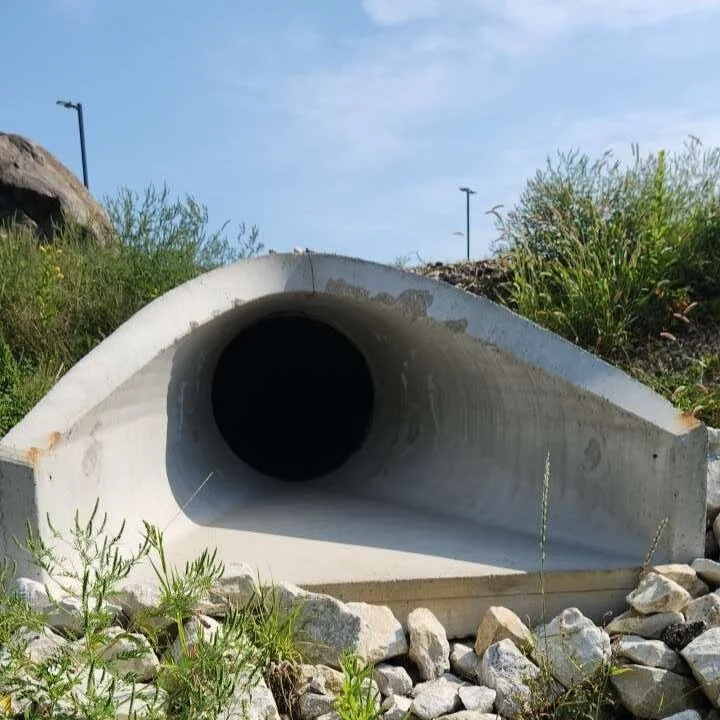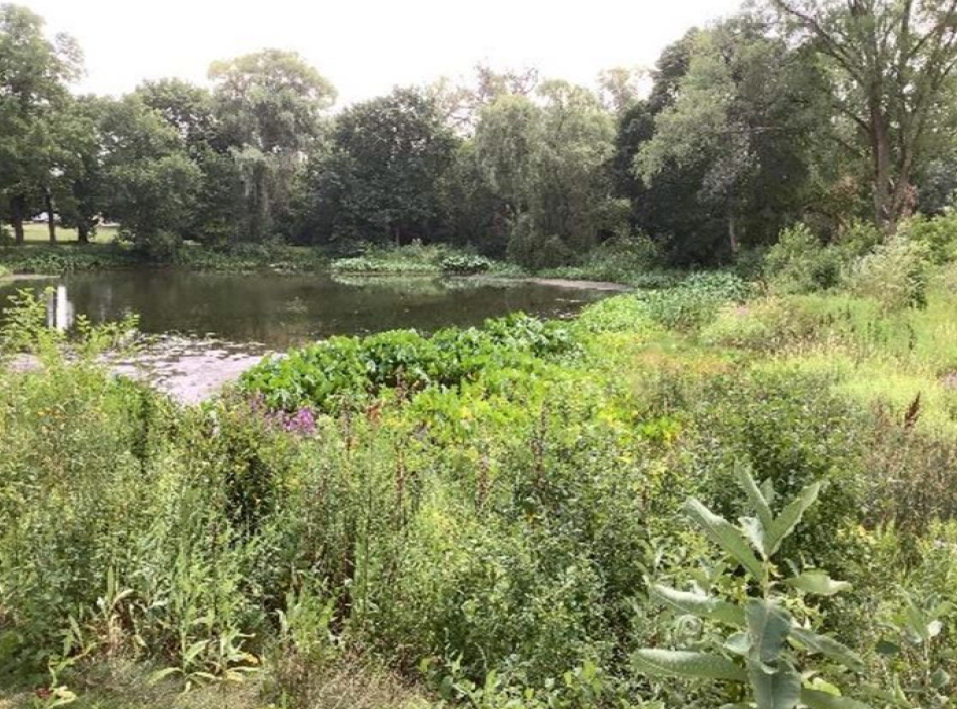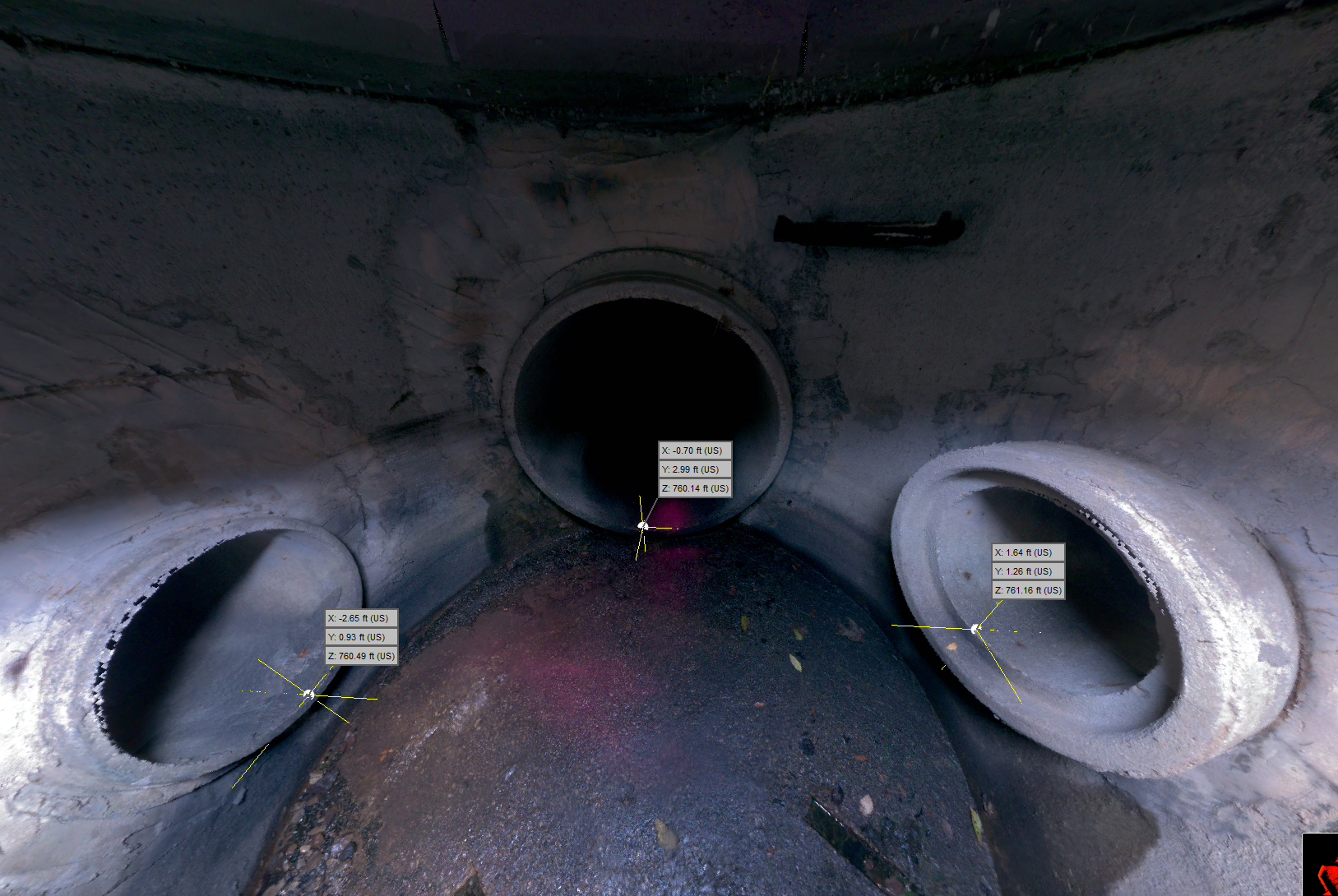What is the Jurisdictional boundary of a wetland or waterway?
The defining jurisdictional boundary of the Waters of the United States (WOTUS) has been in contention since the Clean Water Act of 1972. The most recent update to the definition was released on December 30, 2022, by the U.S. Environmental Protection Agency (EPA) and the U.S. Department of the Army (USACE). This update was called the "Revised Definition of 'Waters of the United States (WOTUS),'" which became effective on March 20, 2023.
On May 25, 2023, the U.S. Supreme Court issued a decision in the case of Sackett v. EPA. This ruling addressed the limits of what may be considered “WOTUS.” The Court concluded that the test used to assert jurisdiction on a wetland (significant nexus) was inconsistent with the Court’s interpretation of the Clean Water Act (CWA).
On August 29, 2023, the EPA and the USACE announced a final rule appending the 2023 definition of WOTUS to meet the Sackett v. EPA Supreme Court decision.
What does the ruling mean for your project?
Before you begin your project, have a Wetland and Waterway Delineation conducted.
DNR jurisdiction still applies to all wetlands in the state, there have been no changes to the state regulation following the Sackett decision.
If a wetland or waterway on a project site does not have a direct surface connection, it will not be a jurisdictional WOTUS. Note, this does not mean there must be a ‘continuous’ connection.
An Approved Jurisdictional Determination (AJD) can be submitted to USACE to provide documentation that the federal government agrees with the finding.
With an AJD in hand validating that Non-Federally Jurisdictional wetlands and waterways are present, a project proponent can pursue a Nonfederal Wetland Exemption from WDNR.
The Non-Federal Wetland Exemption excludes disturbance of up to 1 acre (mitigation required after 0.23 acres) for urban projects, and disturbance of up to 3 acres (mitigation required after 1.5 acres) for WDNR wetland permitting calculation purposes.
If you have wetlands and waterways on your project site, and impacts cannot be avoided – permit those impacts through the WDNR & USACE.
R/M Can Help!
Reach out to RM’s Environmental Team for assistance for wetland delineations, permitting, or any other questions you may have. We are here to help!
about the author
Tiffany M. Wagner
Environmental Scientist
Tiffany serves as a key member on the Environmental Services Team where she is responsible for conducting biological fieldwork to support wetland, waterway, and habitat evaluations. Tiffany also has experience in developing TMDL analyses, permitting compliance, and wetland delineations.



















